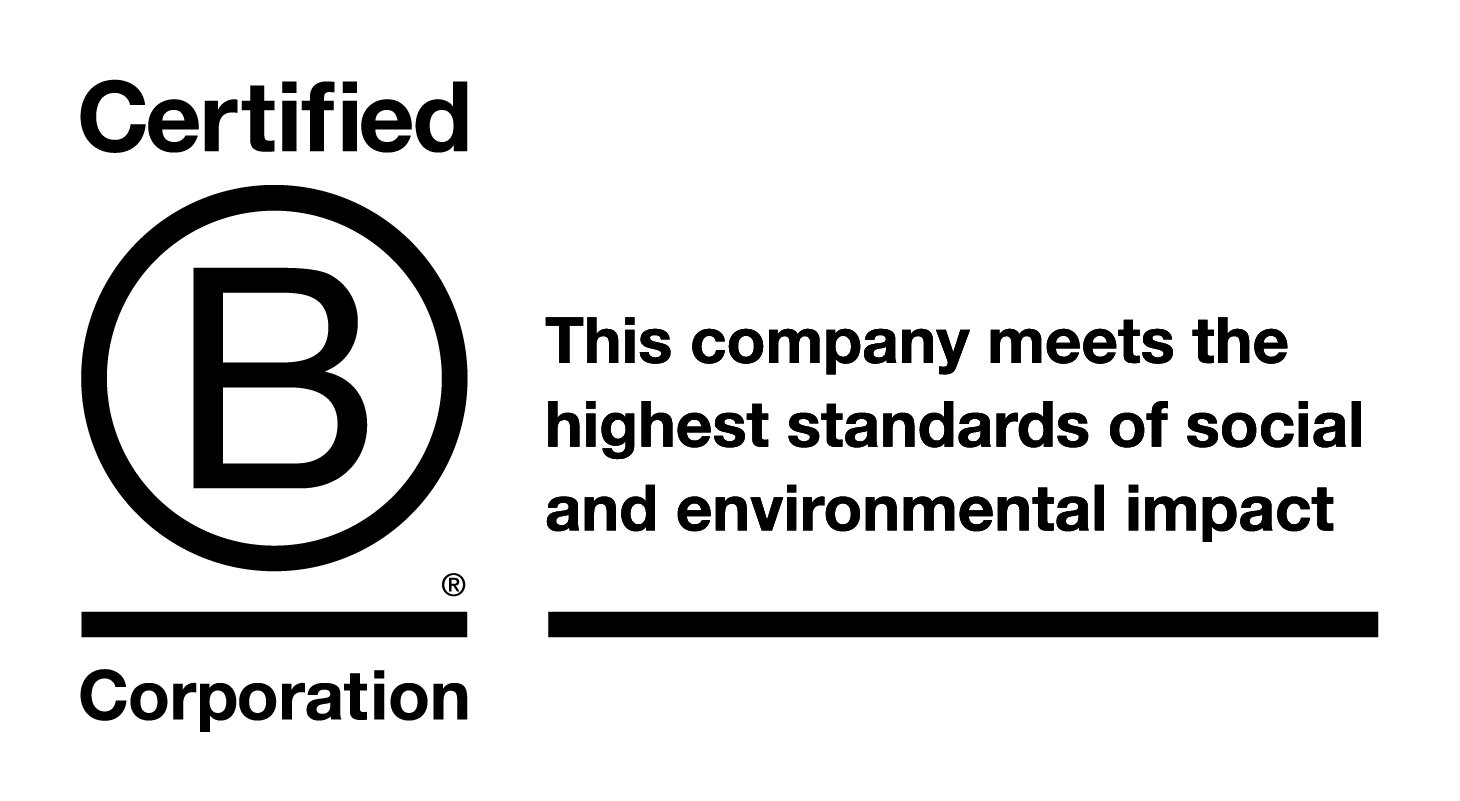Go the extra mile
Towards a cooler planet
Recent commodity price increases due to crop failure induced by climate change
Picture a farmer in New South Wales' fifth generation squinting at cracked ground. "Used to think I could tell the seasons by the birds," they say. What now? Their wheat field has turned to dust because of long dry spells. It's not just a problem in this area; the same things are happening in Zambia's cobalt fields and Chile's copper mines.
Rising prices of goods cause climate change
What happens when adverse weather effect becomes the new business partner? New research shows some shocking truths. In 25 years, heatwaves could threaten more than half of the world's copper supply. Even basic foods like maize will have lower yields as temperatures rise. Families in Auckland or Wellington will have to make harder choices at the grocery store.
Why should people in New Zealand care about problems with mining in other countries? The answer is in our daily lives. Copper is needed for solar panels. Cobalt is important for electric cars. Costs spread through supply chains, from factory floors to family budgets, when production slows down. It's not just about the weather forecast for tomorrow; it's also about the economy in the next decade.
Important points to remember
• By 2050, global mining operations will be in danger of major droughts. In just a few decades, heat stress could cut food crop yields in half.
• Supply chain problems could make renewable tech more expensive. The cost of groceries could go up every year because of rising temperatures. Now, weather patterns have to be taken into account when planning a business.
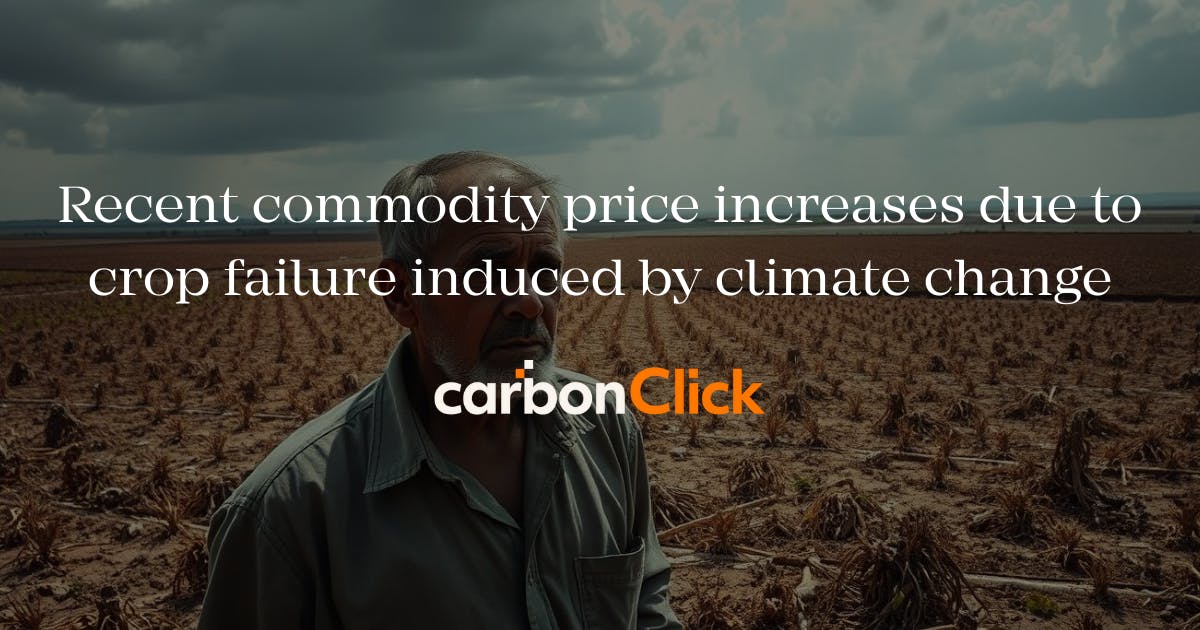

Understanding how climate change affects the prices of goods
Imagine a lithium miner in Western Australia stopping in the middle of his shift because the safety alarm goes off. "It's too hot to pump water," they say as they wipe the sweat off their foreheads in 38°C heat. This situation shows how changing weather patterns affect operations in both fields and factories all over the world.
When heat turns dangerous
There are three main risk levels for workers:
• A big risk is having more than 10 days a year when the temperature is above 26.3°C.
• High risk: Temperatures get up to 28.9°C
• Conditions of 32.2°C or higher are very dangerous.
In the areas where these limits are in place, outdoor workers are 15–30% less productive. Now, mining and farming schedules need to be changed, which costs a lot of money.
The ripple effect of water scarcity
Drought makes it hard for industries that need a lot of water to work. Making one tonne of lithium takes 2 million litres of water, which is equal to 800 backyard pools. As reservoirs dry up, processing plants have to wait longer for things to happen, which affects the whole supply chain.
By 2035, German analysts say that the price of basic goods like wheat will go up by 0.9% to 3.2% each year. In ten years, this could mean an extra $12 a week on groceries for Kiwi families. Every season, it becomes clearer how changes in the weather affect people's wallets.
Rising prices of goods cause climate change: market trends and analysis
Have you ever thought about why the cost of your electric car keeps going up? The answer is in mines that are drying up and crops that are wilting. Recent research shows that changing weather patterns are changing global markets faster than most people think.
Projections based on data
According to research by PwC, drought could affect 70% of cobalt mines by 2050. Cobalt is a mineral that is very important for smartphones and electric vehicles. Rice crops have even bigger problems. Extreme heat could put 90% of the world's rice production at risk in the next 25 years. These threats are not far away. Chile's lithium fields, which supply a quarter of the world's needs, are already running out of water, which slows down tech production.
Mineral needs vs. limits on the environment
From 2017 to 2022, the use of cobalt went up by 70% because of clean energy technologies. But the places where things are made are in areas that are likely to have droughts. A resources analyst in Sydney says, "We're racing against rising temperatures." Even the best climate forecasts say:
• Mineral extraction will be 15% slower by 2035.
• 20% more expensive to water staple crops
• Delays in the supply chain are raising prices for consumers by 4–8%.
Possible emissions compared
There are still problems with low-carbon pathways. In the year 2040:
• High emissions: 80% of copper mines have to close because of the heat
• Moderate emissions: The cost of making food goes up 12% every year.
• Low emissions: Lithium prices go up 6% every year.
These changes will affect Kiwi families through tech upgrades and trips to the grocery store every week. Knowing about these trends helps you get ready for what's coming, since the data shows it's already here.
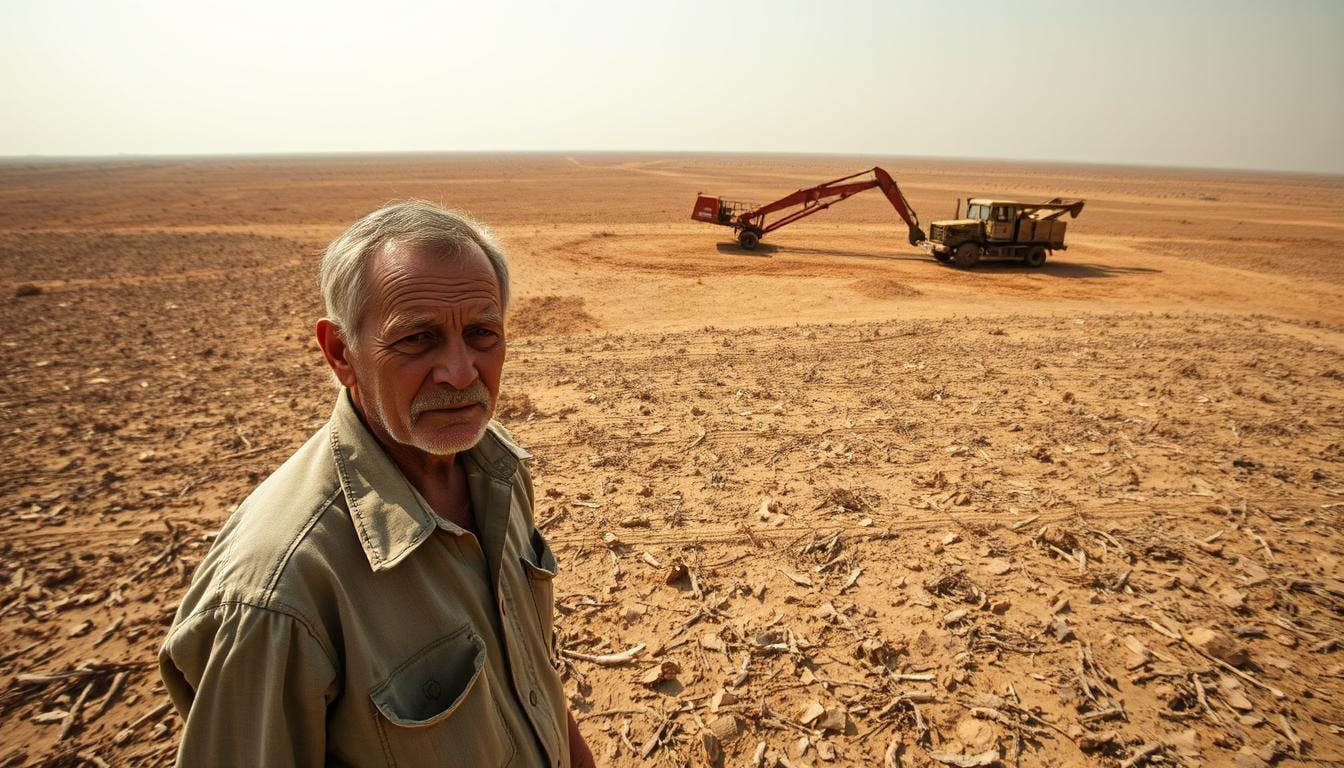
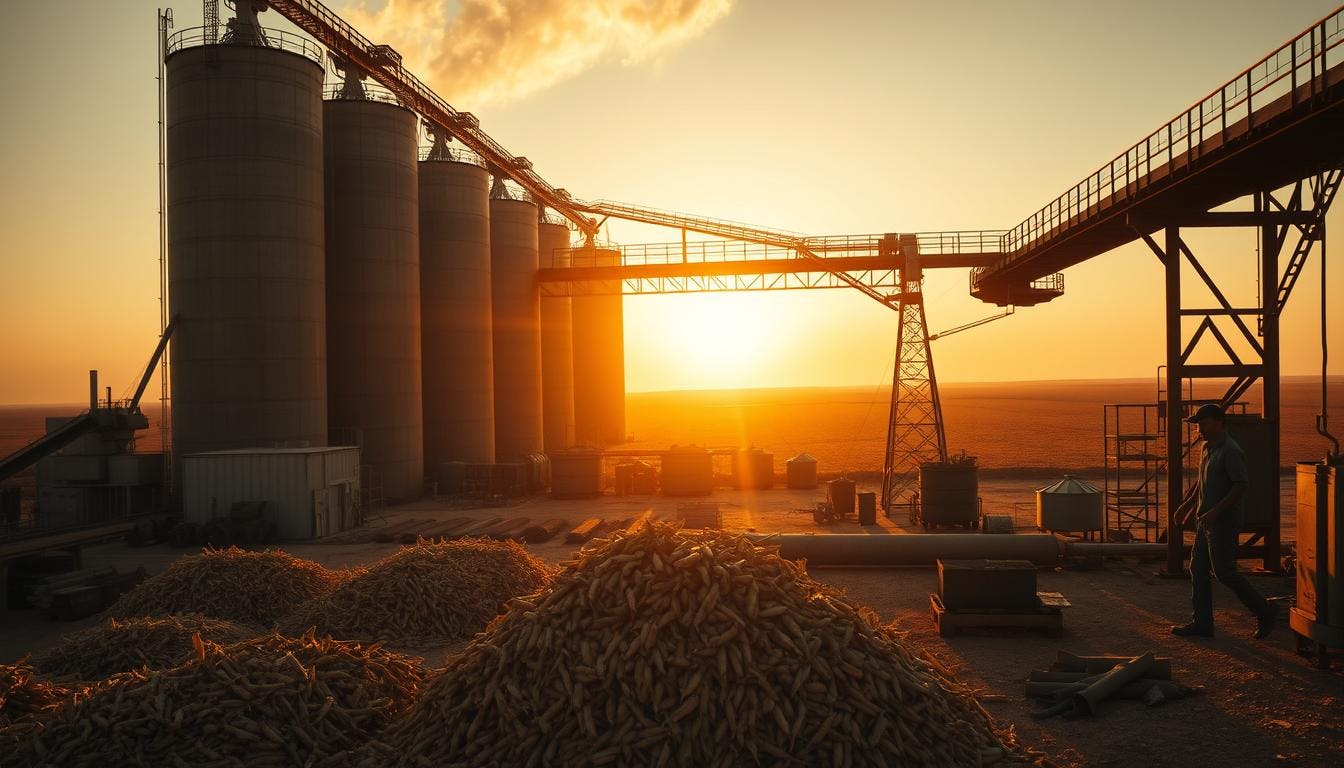
Effects on food production and supply chains
A cocoa farmer in Ghana looks at pods that have shrivelled up in the hot sun. This happens over and over again in West Africa, where 54% of people depend on rain-fed farming. A manager at a Kumasi cooperative says, "We plant when clouds gather, but storms come instead." This kind of unpredictability spreads through the global networks that keep Kiwi supermarket shelves stocked.
When mines and harvests go wrong
Recent studies show clear patterns in areas affected by climate change:
• All rural Ghanaians have less access to food.
• 26% have serious shortages when it's dry
• Pests now hurt 40% more crops than they did ten years ago.
Mining isn't safe either. People who work in areas with a lot of copper lose three hours of work every day because of heat safety rules. When rivers drop below intake levels, processing plants stop working, which slows down shipments around the world.
New zealand's fragile balance
Aotearoa feels these problems, even though they are far away from West Africa. Local dairy farms get 60% of their feed supplements from places that are prone to drought. A logistics manager in Napier says, "One late shipment means empty freezer aisles in a few weeks."
The numbers tell the whole story:
• Since 2020, imported foods have taken 12% longer to arrive.
• 8% more each year for storage that keeps things at a certain temperature
• 37% of exporters say they have broken contracts because of the weather.
These changes make it hard to choose. Families put frozen vegetables ahead of fresh ones. Manufacturers change the recipes of their products based on what ingredients are available. As the weather changes, survival depends on being able to adapt.
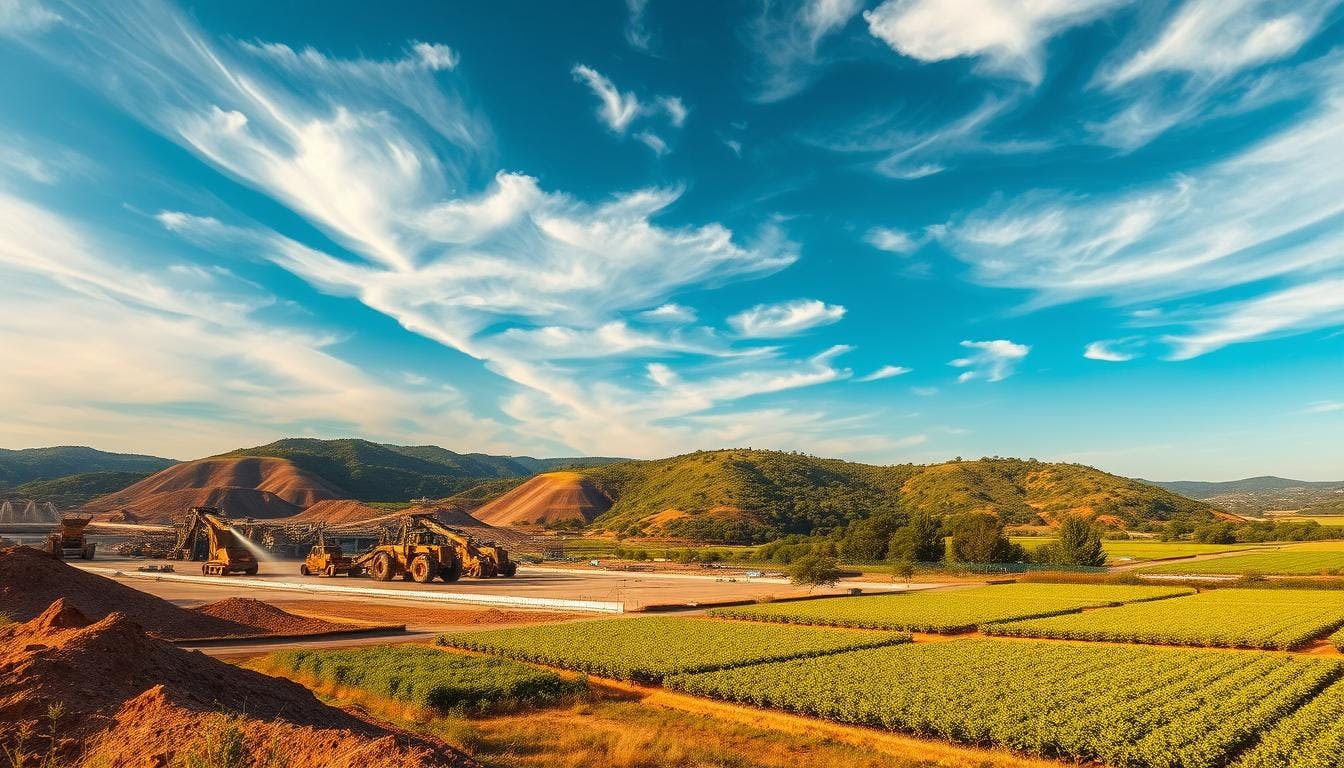
Ways to adapt and business opportunities
What if the answers to weather problems could help the economy grow? Industries that are looking to the future are answering this question with useful new ideas. Resilience strategies are making new markets and protecting operations, from mines in Chile to farms in India.
Strategies for resilience in farming and mining
Chile's lithium producers now run 22 plants that turn seawater into fresh water, and they are building nine more. This cuts down on the use of fresh water in dry areas. At the same time, India's Mahindra & Mahindra helps more than 500,000 farmers with AI-powered advice services. Using real-time weather data, their system predicts when diseases will break out and when to plant.
New technology and working together to find solutions
The International Aluminium Institute's heat protocols show that everyone in the industry is working together. Some of their steps are:
• Mobile shade stations for people who work outside
• Smart clothes that keep track of body temperatures
• Required breaks to cool off during the hottest times
These services keep people healthy and productive while lowering the health risks of heat. Cooling systems that use less energy in processing plants also lower costs.
Global case studies show proactive measures in action
The most recent survey from PwC shows that 47% of businesses now take steps to adapt to climate change. This is three times the number from 2020. One mining company in Australia uses waste heat to power homes nearby. Another agribusiness teaches farmers how to grow crops that can withstand droughts. In test areas, this increased yields by 18%.
These examples show that adaptation is more than just staying alive. It's a way to change how services work, use less energy, and gain long-term advantages in the market. "We're not fighting nature anymore; we're learning its new rules," says an engineer in Nairobi.
17 South Street
Auckland 1010
New Zealand
info@carbonclick.com- -
- X
Sign up. Be inspired. Get clicking.
Subscribe now to stay up to date with CarbonClick, carbon offsetting and climate action.
By signing up you agree to our Privacy Policy.


